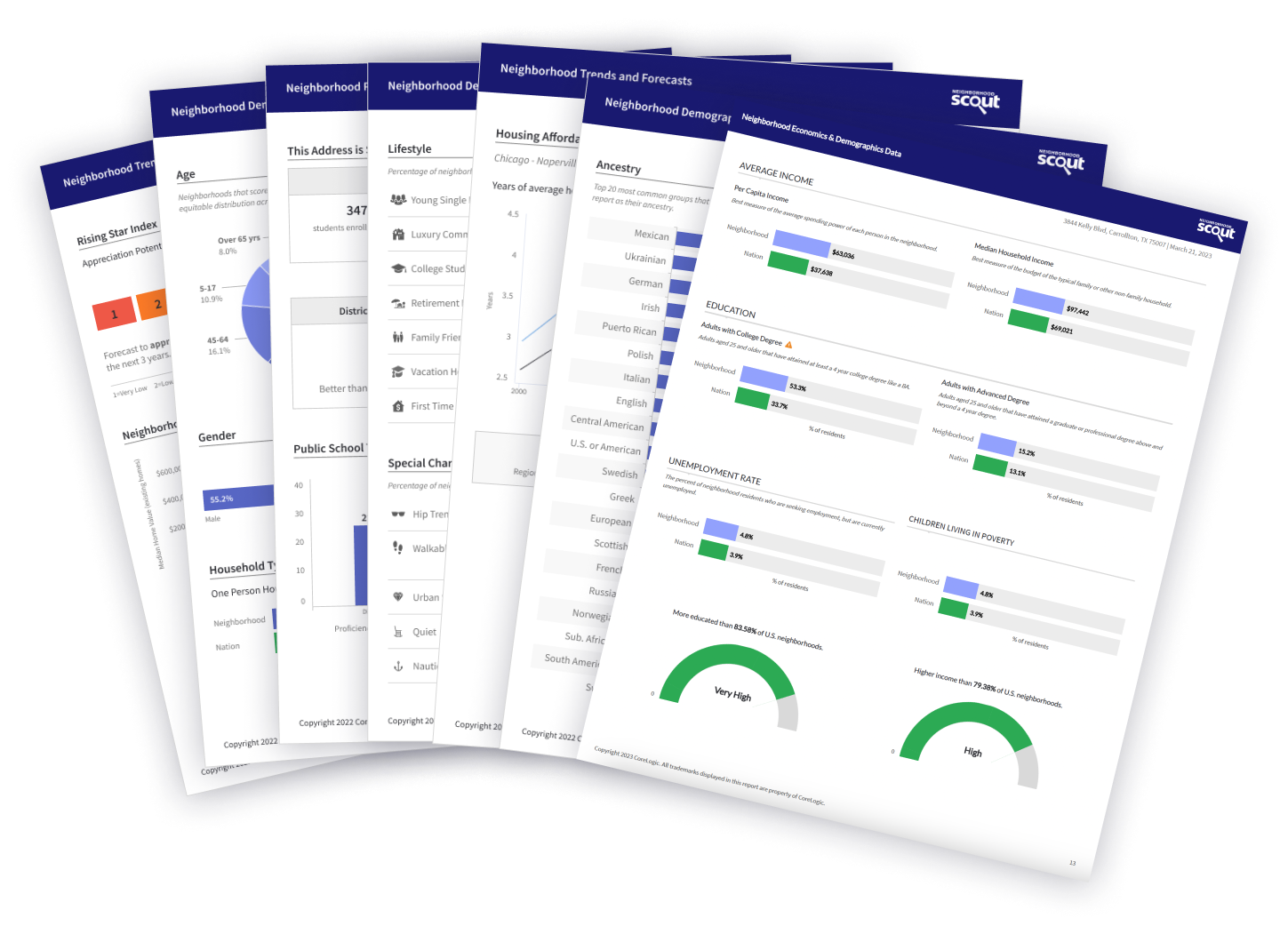Also of interest is that Dauphin Island has more people living here who work in computers and math than 95% of the places in the US.
One interesting thing about the economy is that relatively large numbers of people worked from their home: 12.27% of the workforce. While this number may seem small overall, as a fraction of the total workforce this is high compared to the rest of the county. These workers are often telecommuters who work in knowledge-based, white-collar professions. For example, Silicon Valley has large numbers of people who telecommute. Other at-home workers may be self-employed people who operate small businesses out of their homes.
Another notable thing is that Dauphin Island is an extremely popular destination for tourists and seasonal residents. So much of the population is seasonal such that the town’s population swells significantly during the vacation season, and drops again when the season ends. Because of this, much of the local economy is centered around tourism; some businesses may be operated only during the high season. During the low season, year-round residents will notice that the city is a substantially quieter place to live.
Residents will find that the town is relatively quiet. This is because it is not over-populated, and it has fewer college students, renters, and young children - all of whom can be noisy at times. So, if you're looking for a relatively peaceful place to live, Dauphin Island is worth considering.
One of the nice things about Dauphin Island is that it is nautical, which means that parts of it are somewhat historic and touch the ocean or tidal bodies of water, such as inlets and bays. Because of this, visitors and locals will often go to these areas to take in the scenery or to enjoy waterfront activities.
In Dauphin Island, however, the average commute to work is quite long. On average, people spend 33.52 minutes each day getting to work, which is significantly higher than the national average.
Dauphin Island is a small town, and as such doesn't have a public transit system that people use to get to and from their jobs every day.

